Java.Lang.Illegalstateexception: Failed To Load Applicationcontext
The java.lang.IllegalStateException is a common exception that occurs when the application fails to load the ApplicationContext in Java. This error typically arises in Spring applications, especially when running unit tests or integrated tests using frameworks like Spring Boot.
Understanding the ApplicationContext in Java
Before diving into the reasons behind the “failed to load ApplicationContext” error, it’s essential to understand what ApplicationContext is in Java. ApplicationContext is an interface that provides the configuration for an application. It is responsible for managing the creation and configuration of application components, as well as providing services such as dependency injection.
The ApplicationContext loads and manages the beans defined in the application’s configuration files, handles the lifecycle of these beans, and wires them together based on their dependencies. It acts as a central container for accessing different components and ensures the proper functioning of the application.
Possible causes for the “failed to load ApplicationContext” error
1. Incorrect configuration: One of the main causes of the “failed to load ApplicationContext” error is incorrect or missing configuration. If the configuration files are not properly set up, the ApplicationContext may fail to load. Check the configuration files and make sure they are correctly formatted and free of any errors.
2. Dependency issues: Another common cause of this error is dependency issues. If a required dependency is missing or not properly configured, the ApplicationContext may fail to load. Check the dependencies in your project and ensure they are correctly defined and accessible.
3. Missing or corrupt files: If any essential files, such as configuration files or resource files, are missing or corrupt, it can lead to the “failed to load ApplicationContext” error. Ensure that all necessary files are present and in the correct format.
4. Classpath issues: Problems with the classpath can also result in the ApplicationContext failing to load. If the application cannot find the required classes or resources, it will encounter an error. Verify that the classpath is correctly set up and includes all necessary dependencies and resources.
Troubleshooting steps to fix the “failed to load ApplicationContext” error
1. Check the error logs: The first step in troubleshooting this error is to check the error logs. The stack trace in the logs can provide valuable information about the root cause of the problem. Analyze the error message and stack trace to identify the specific issue.
2. Verify the configuration files: Ensure that all the configuration files, such as application.properties or application.yml, are correctly configured and in the right location. Make sure there are no syntax errors or missing properties in these files.
3. Resolve dependency issues: Review the dependencies in your project and ensure they are correctly defined in the build configuration file (e.g., pom.xml). Update the dependencies if needed and verify that they are accessible from the classpath.
4. Check for missing or corrupt files: Verify that all the necessary files, such as configuration files or resource files, are present and in the correct format. If any files are missing or corrupted, replace them with the correct versions.
5. Verify the classpath: Double-check the classpath configuration to ensure that it includes all the required dependencies and resources. Make sure that the classpath is correctly set up in your development environment and deployment environment.
Common mistakes that lead to the “failed to load ApplicationContext” error
1. Incorrect annotations: Using incorrect or incompatible annotations can lead to the ApplicationContext failing to load. Ensure that you are using the appropriate annotations for your test classes or application components.
2. Incorrect package scanning: If the package scanning is not set up correctly, the ApplicationContext may fail to discover and load the necessary components. Check the package scanning configuration and ensure it covers all the required packages.
3. Misconfigured dependencies: In some cases, misconfigured dependencies can cause the ApplicationContext to fail. Make sure that all dependencies are properly defined and match the expected versions.
Best practices to prevent the “failed to load ApplicationContext” error
1. Regularly review and update dependencies: Keeping your dependencies up to date is crucial to prevent compatibility issues and ensure the proper functioning of the ApplicationContext.
2. Keep configuration files well-organized: Maintain a clean and organized structure for your configuration files. Avoid duplicating or conflicting configurations that could lead to errors.
3. Follow proper testing practices: When writing unit tests or integrated tests, ensure that you are using the appropriate annotations and configurations. Write meaningful and comprehensive tests to catch any potential issues.
4. Validate the classpath: Regularly validate the classpath to ensure that all required dependencies and resources are accessible. Avoid unnecessary clutter in the classpath that could lead to conflicts or missing dependencies.
Conclusion
The “failed to load ApplicationContext” error is a common issue encountered when working with Spring applications. It can arise due to various factors, such as incorrect configuration, dependency issues, missing files, or classpath problems. By following the troubleshooting steps mentioned and adopting best practices, you can handle this error effectively and ensure the smooth functioning of your application.
FAQs
Q: What is the “failed to load ApplicationContext” error?
A: The “failed to load ApplicationContext” error occurs when the application fails to load the ApplicationContext in Java. It is a common issue encountered in Spring applications, especially during unit tests or integrated tests using frameworks like Spring Boot.
Q: How can I fix the “failed to load ApplicationContext” error?
A: To fix the “failed to load ApplicationContext” error, you can follow these steps:
1. Check the error logs.
2. Verify the configuration files.
3. Resolve dependency issues.
4. Check for missing or corrupt files.
5. Verify the classpath.
Q: What are some common mistakes that lead to the “failed to load ApplicationContext” error?
A: Some common mistakes that may cause the “failed to load ApplicationContext” error include:
1. Incorrect annotations.
2. Incorrect package scanning.
3. Misconfigured dependencies.
Q: How can I prevent the “failed to load ApplicationContext” error?
A: To prevent the “failed to load ApplicationContext” error, you can follow these best practices:
1. Regularly review and update dependencies.
2. Keep configuration files well-organized.
3. Follow proper testing practices.
4. Validate the classpath.
Datajpatest Failed To Load Application Context For Junit Test Of Repository
Keywords searched by users: java.lang.illegalstateexception: failed to load applicationcontext Failed to load ApplicationContext Spring Boot test, @Datajpatest failed to load applicationcontext, Applicationtests contextLoads illegalstate Failed to load ApplicationContext, Application failed to start spring boot, WebMvcTest Failed to load ApplicationContext, Unit test service Spring Boot, Spring Boot-starter-test, Injection of autowired dependencies failed
Categories: Top 65 Java.Lang.Illegalstateexception: Failed To Load Applicationcontext
See more here: nhanvietluanvan.com
Failed To Load Applicationcontext Spring Boot Test
When running a Spring Boot test, the ApplicationContext needs to be loaded in order to create and wire the necessary beans for the test. However, there are several reasons why the ApplicationContext may fail to load, resulting in the Failed to load ApplicationContext error.
One possible reason for this error is a misconfiguration in the test setup. It is important to ensure that the necessary dependencies and configurations are correctly set up for the test. This can include correct versions of Spring Boot and its dependencies, as well as the proper configuration files such as application.properties or application.yaml.
Another common cause for this error is missing or incorrect dependencies in the test classpath. Spring Boot tests rely on a specific set of dependencies to load the ApplicationContext. If any of these dependencies are missing or have conflicting versions, the ApplicationContext may fail to load.
To resolve this issue, it is important to carefully review the test classpath and ensure that all the necessary dependencies are included with the correct versions. This can be done by inspecting the test’s Maven or Gradle configuration and verifying that the required dependencies are included.
Additionally, the Failed to load ApplicationContext error can occur when there are issues with the test configuration itself. This can include incorrect annotations or missing configuration files in the test directory. It is important to review the test setup and make sure that all the necessary annotations, such as @SpringBootTest or @RunWith(SpringRunner.class), are present and correctly used.
If the error still persists, it may be helpful to review the stack trace provided by the error message. The stack trace can provide valuable information about the specific cause of the error, such as missing beans or configuration issues. By carefully analyzing the stack trace, it is often possible to identify the root cause of the Failed to load ApplicationContext error and take appropriate actions to resolve it.
Now, let’s address some commonly asked questions about the Failed to load ApplicationContext error:
Q: Why am I getting the Failed to load ApplicationContext error?
A: This error can occur due to various reasons, such as misconfiguration, missing dependencies, or issues with the test setup.
Q: How can I fix the Failed to load ApplicationContext error?
A: To fix this error, make sure you have the correct dependencies and configurations set up for your Spring Boot test. Review the test classpath, inspect the test configuration, and analyze the stack trace for more information.
Q: Can this error be caused by incompatible versions of Spring Boot and its dependencies?
A: Yes, incompatible versions of Spring Boot and its dependencies can lead to the Failed to load ApplicationContext error. Make sure all dependencies have compatible versions.
Q: What should I do if the ApplicationContext fails to load in my Spring Boot test?
A: Start by reviewing your test setup, including dependencies, configurations, and annotations. Verify that all necessary components are correctly set up. If the error persists, analyze the stack trace for more detailed information about the error.
Q: Are there any common pitfalls to avoid when dealing with the Failed to load ApplicationContext error?
A: Yes, some common pitfalls include incorrect annotations, missing dependencies, and misconfigured test configurations. Carefully review your test setup and double-check all relevant configurations.
In conclusion, the Failed to load ApplicationContext error is a common issue when running Spring Boot tests. This error can be caused by misconfigurations, missing dependencies, or issues with the test setup. By carefully reviewing and fixing these potential causes, it is possible to resolve this error and successfully load the ApplicationContext for your Spring Boot tests.
@Datajpatest Failed To Load Applicationcontext
When working with the popular Java testing framework, Spring Boot, you might come across the error message, “@Datajpatest failed to load applicationcontext.” This error commonly occurs when running integration tests that involve the interaction of Spring Data JPA and the underlying database. In this article, we’ll delve into the causes of this error and provide potential solutions to help you overcome it.
Understanding the Error “@Datajpatest Failed to Load ApplicationContext”
The error message “@Datajpatest failed to load applicationcontext” typically suggests that the Spring ApplicationContext failed to initialize while running a test annotated with the @Datajpatest annotation. This annotation, provided by the Spring Boot Test module, is used to set up a test environment for Spring Data JPA repositories. The ApplicationContext is a core component of the Spring framework, responsible for managing and wiring up beans in the application, and its failure to load can be quite problematic.
Possible Causes and Solutions
1. Incorrect Configuration: One possible cause of the error is misconfiguration in the application properties or YAML file. Make sure that the database connection details and properties are correctly specified, including the correct database URL, username, and password. Furthermore, ensure that the necessary database drivers are included as dependencies in your project.
2. Missing or Conflicting Dependencies: Another common cause of this error is missing or conflicting dependencies in your project’s build file (e.g., pom.xml for Maven or build.gradle for Gradle). Ensure that you include the required Spring Data JPA and database-related dependencies, such as Hibernate or JDBC, with the correct versions that are compatible with one another.
3. Unavailable Database: If the error persists, it might indicate that the specified database is not running or accessible during the test execution. Check if your database server is up and running and that the connection details are accurate. Additionally, verify that the database schema exists and is compatible with your test setup.
4. Invalid Entity Mapping: A misconfiguration in the entity mapping can also cause this error. Ensure that your entities are correctly defined, including appropriate annotations such as @Entity, @Table, and @Id. Verify that the database table corresponding to your entity exists and matches the entity’s schema.
5. Incompatible Spring Boot Test Version: The error message “@Datajpatest failed to load applicationcontext” might arise due to version incompatibility between Spring Boot Test and Spring Data JPA. Verify that the versions of these dependencies are compatible with each other. Upgrading or downgrading either dependency could potentially resolve this issue.
6. Network Connectivity Issues: Sometimes, network-related issues can hinder the loading of the ApplicationContext during the test execution. Check if there are any network-related problems, such as firewall restrictions, that might be blocking the database connection from your test environment. Consult your network administrator or try running the tests from a different network to rule out this cause.
FAQs
Q: Why am I encountering the error “@Datajpatest failed to load applicationcontext” only during testing and not in the normal application runtime?
A: This error is most likely associated with integration tests that involve the interaction of Spring Data JPA repositories. During normal application runtime, Spring Boot manages the ApplicationContext to initialize the application successfully. However, during testing, the test environment creates a separate ApplicationContext to avoid interference with the actual application, which can lead to different configuration-related problems.
Q: How can I debug the “@Datajpatest failed to load applicationcontext” error?
A: To investigate further, you can enable debug mode by adding the following line to your test class:
@SpringBootTest(classes = YourApplication.class, webEnvironment = SpringBootTest.WebEnvironment.RANDOM_PORT, properties = {“spring.main.allow-bean-definition-overriding=true”, “logging.level.org.springframework=DEBUG”})
This will provide more detailed logs on how the ApplicationContext is being initialized, aiding in identifying the root cause of the error.
Q: Are there any alternatives to using @Datajpatest for testing Spring Data JPA repositories?
A: Yes, you can consider using @SpringBootTest along with a test-specific configuration file to test your Spring Data JPA repositories. This approach allows more flexibility in customizing your test environment. However, keep in mind that it might require additional effort to set up the configuration correctly.
Q: Can I use an in-memory database, such as H2, for testing to avoid the “@Datajpatest failed to load applicationcontext” error?
A: Yes, using an in-memory database like H2 can be a useful approach for testing Spring Data JPA repositories. It eliminates potential network connectivity issues and offers a lightweight and fast testing environment. Properly configuring the in-memory database and ensuring the correct dependencies are present can help prevent this error.
In conclusion, the “@Datajpatest failed to load applicationcontext” error can be caused by various factors such as incorrect configuration, missing dependencies, or invalid entity mapping. By carefully reviewing and addressing these potential causes, you should be able to resolve this issue and proceed with your integration testing successfully.
Applicationtests Contextloads Illegalstate Failed To Load Applicationcontext
To understand this error, we need to first grasp the concept of ApplicationContext. In modern application development using frameworks like Spring, ApplicationContext is responsible for managing and initializing the application’s beans and their dependencies. It serves as the container for all the components and provides them with the required resources and services.
Now, let’s explore the possible causes behind the illegalstate Failed to load ApplicationContext error. There are several reasons why this issue might arise:
1. Configuration Issues: The most common cause is incorrect or incomplete configuration files. The ApplicationContext relies on proper configuration to function correctly. If any necessary configuration is missing, or if it contains errors, the ApplicationContext fails to load.
2. Dependency Issues: If the application has dependencies that are not properly resolved or configured, it can lead to the failure of the ApplicationContext. Make sure to check the dependencies and their compatibility with the framework version you are using.
3. Classpath Issues: If the application fails to find the required classes or resources in the classpath, it can cause the ApplicationContext to fail. Make sure that all the necessary files are present in the correct location and that the classpath is properly configured.
4. Database Connectivity Issues: If the application relies on a database and encounters connectivity problems, it can result in the ApplicationContext failing to load. Ensure that the database configuration is correct, and the database server is running.
To resolve the illegalstate Failed to load ApplicationContext error, follow these steps:
1. Verify Configuration Files: Double-check all your configuration files, such as application.properties or applicationContext.xml, to ensure they are correctly structured and do not contain any typographical or logical errors. Ensure that all necessary dependencies are included and properly referenced.
2. Check Classpath and Resource Loading: Make sure that all the required files, classes, and resources are accessible in the classpath. Ensure that the resource locations mentioned in the configuration files are correct and that the files are present in the specified locations.
3. Resolve Dependency Issues: Carefully analyze the dependencies used in the application and verify their compatibility with the framework version you are using. Update the dependencies if necessary and ensure all the required dependencies are present in the classpath.
4. Database Connectivity: If the application relies on a database, verify the database configuration and ensure that the database server is running. Check the connection settings, including the database URL, username, and password, as any incorrect information can prevent the ApplicationContext from loading.
Now, let’s address some frequently asked questions (FAQs) related to this error:
Q1. Why am I getting the “illegalstate Failed to load ApplicationContext” error?
A1. This error is commonly caused by configuration issues, dependency problems, classpath issues, or database connectivity problems within your application.
Q2. How can I check if my configuration files are correct?
A2. Double-check the structure of your configuration files and verify that they do not contain any typographical or logical errors. Also, ensure that you have included all the necessary dependencies and have properly referenced them.
Q3. How can I resolve classpath issues?
A3. Make sure that all the necessary files, classes, and resources are accessible in the classpath. Verify the resource locations mentioned in your configuration files, and ensure that the files are present in the specified locations.
Q4. What should I do if I have dependency problems?
A4. Analyze the dependencies used in your application and verify their compatibility with the framework version you are using. Update the dependencies if necessary and ensure that all the required dependencies are present in the classpath.
Q5. How can I troubleshoot database connectivity issues?
A5. Verify the database configuration and ensure that the database server is running. Check the connection settings, including the database URL, username, and password, to make sure they are correct.
In conclusion, the illegalstate Failed to load ApplicationContext error can be frustrating for developers, but with proper troubleshooting, it can be resolved. By thoroughly verifying configuration files, resolving dependency issues, and ensuring correct classpath and database connectivity, you can overcome this error and ensure the smooth loading of the ApplicationContext in your application.
Images related to the topic java.lang.illegalstateexception: failed to load applicationcontext

Found 50 images related to java.lang.illegalstateexception: failed to load applicationcontext theme












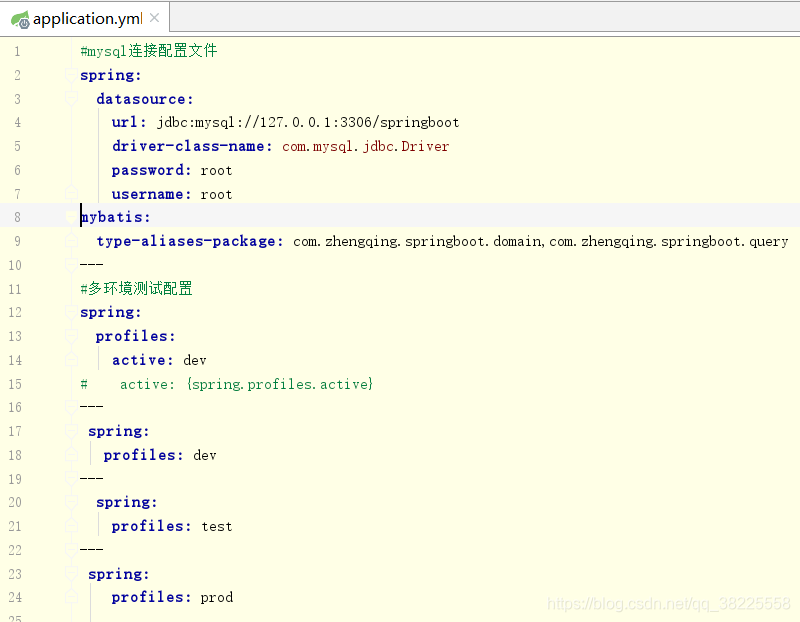






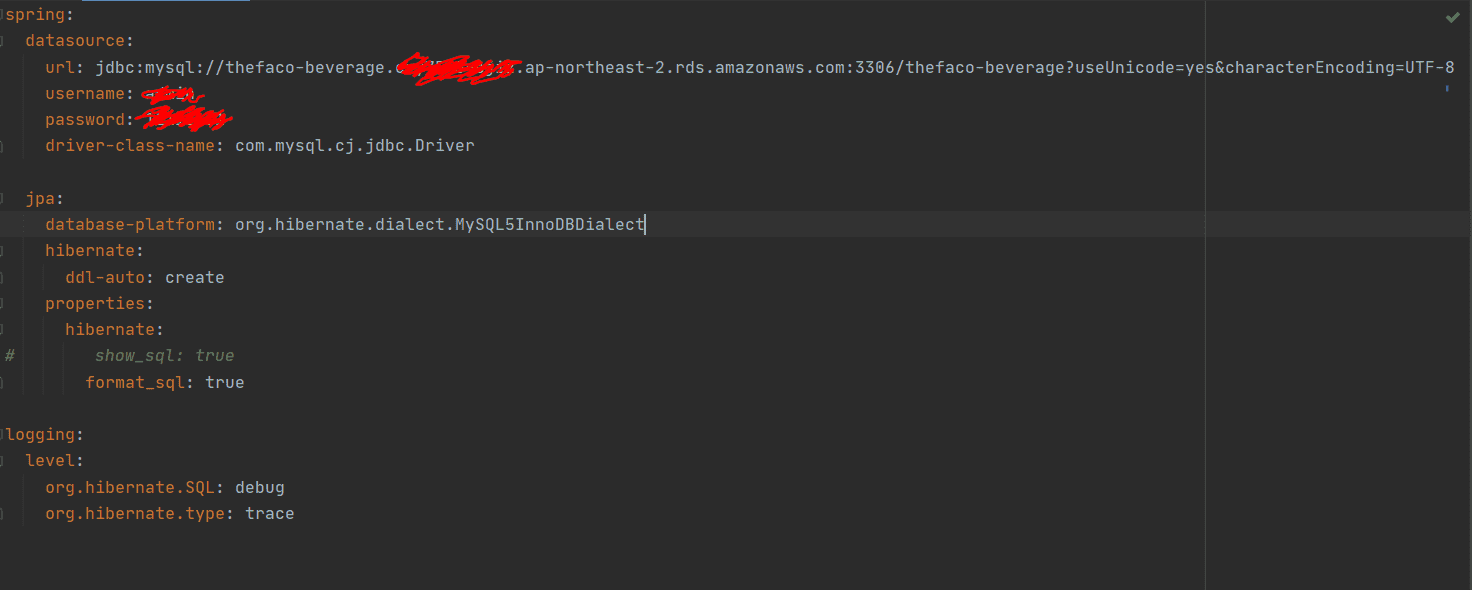

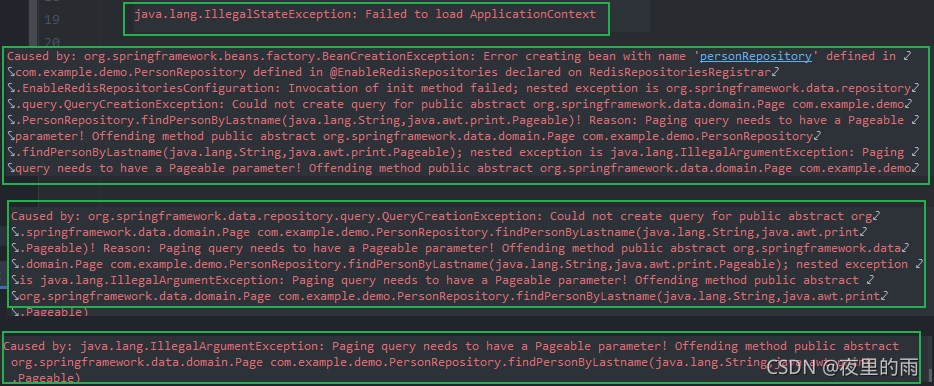

















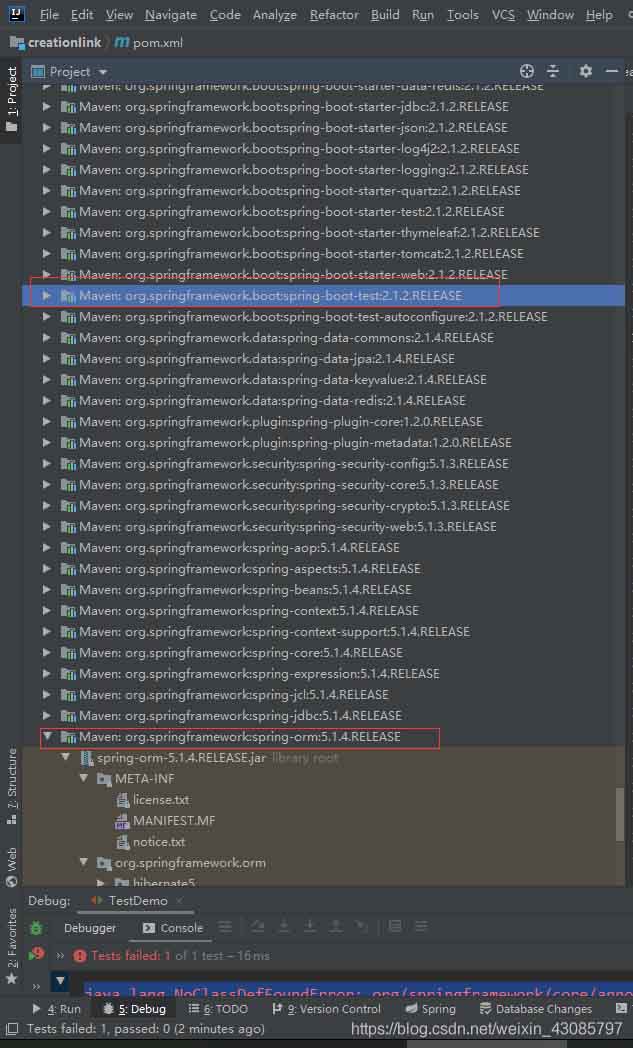

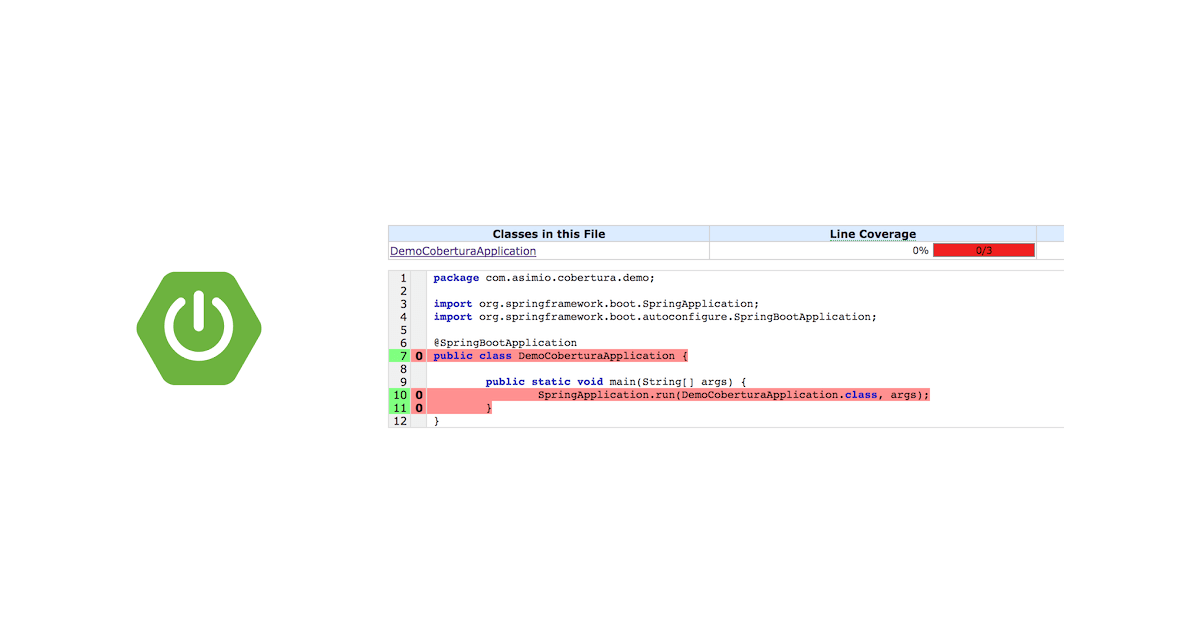
Article link: java.lang.illegalstateexception: failed to load applicationcontext.
Learn more about the topic java.lang.illegalstateexception: failed to load applicationcontext.
- Failed to load ApplicationContext from Unit Test: FileNotFound
- Failed to Load ApplicationContext for JUnit Test of Spring …
- How to fix `Failed to load ApplicationContext` in Spring (Boot …
- Failed to load ApplicationContext for … – GitHub
- Failed to load ApplicationContext 解决办法 – 51CTO博客
- java.lang.IllegalStateException: Failed to load … – Upokary
- ERROR-java.lang.IllegalStateException: Failed to load …
See more: nhanvietluanvan.com/luat-hoc